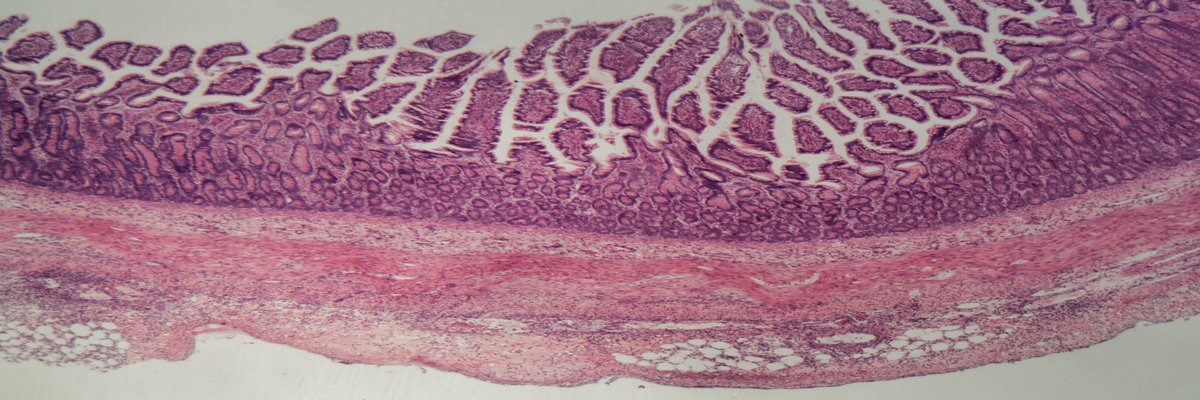
What is Ulcerative colitis?
Ulcerative colitis (UC) is a chronic disease affecting the large intestine, in which the lining of the colon becomes inflamed and develops tiny open sores, or ulcers. This condition is the result of the immune system’s overactive response.1 This is a disease with increasing incidence worldwide- nearly one million individuals each in the United States and Europe are affected by this condition and many more globally. The management of this disease has grown increasingly complex with the availability of additional classes of therapeutic agents since the last guideline from the American College of Gastroenterology (ACG) was published on this topic.1
What is Calprotectin?
Calprotectin (MRP8/14 or S100A8/A9) also known as fCAL or FC, is a protein found extensively in the cytoplasm of neutrophils. It has been shown to be extremely useful as an aid for diagnosis of inflammatory diseases in the gastrointestinal tract.2
“FC levels correlate with degrees of endoscopic and histologic inflammation in UC and therefore have been proposed as a marker of disease activity to guide treatment. FC levels are more sensitive and specific than serum inflammatory markers and obviously also less invasive than endoscopy or mucosal biopsies, so this assessment has become routine for many clinicians who are managing patients with UC. ” 3
David T. Rubin, MD, FACG, lead a team of experts that established the ACG Clinical Guidelines for Ulcerative colitis, published in the March issue of The American Journal of Gastroenterology.
Rubin DT, et al. Am J Gastroenterol. March 2019- Volume 114 – Issue 3 – p 384–413. doi:10.14309/ajg.0000000000000152
References:
- Crohn’s & Colitis Foundation. “What is Ulcerative Colitis?” www.crohnscolitisfoundation.org Accessed June 20, 2019.
- Nilsen, T. et. al. A novel turbidimetric immunoassay for fecal calprotectin optimized for routine chemistry analyzers. J Clin Lab Anal. 2016 Sep 15. PMID:27629827
- Rubin, David T. et al. ACG Clinical Guideline: Ulcerative Colitis in Adults. American Journal of Gastroenterology. March 2019 – Volume 114 – Issue 3 – p 384–413 doi: 10.14309/ajg.0000000000000152.




